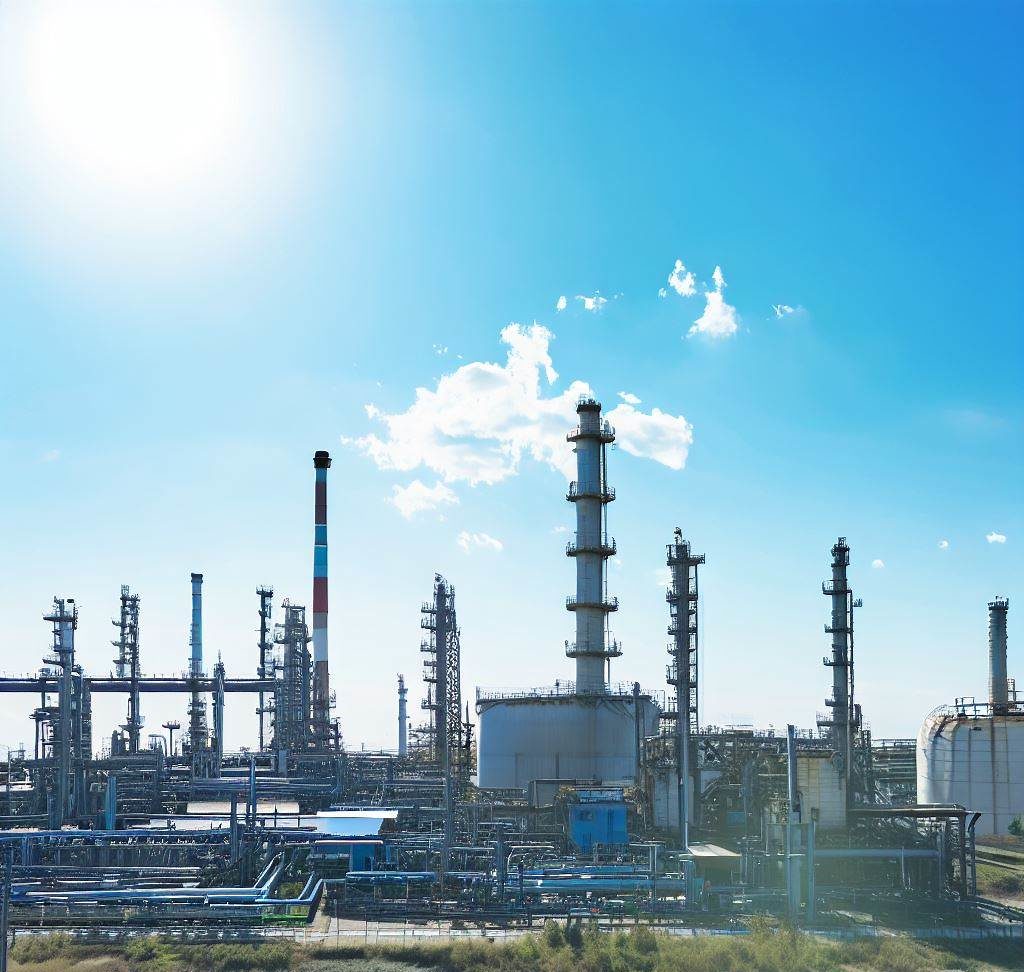The downstream energy future of Guyana has been a focal point of recent discussions, especially in light of the recent memorandum of understanding (MoU) signed with the Dominican Republic. This MoU outlines the potential construction of a 50,000 barrels per day (bpd) oil refinery onshore Guyana, intended to process offshore crude. However, this announcement has sparked curiosity, given that there was already a plan underway for a 30,000 bpd refinery at Crab Island.
The government’s prior call for proposals regarding the 30,000 bpd refinery had attracted significant attention. With the emergence of the new MoU, the inevitable question arises: Is Guyana contemplating the establishment of two refineries? Addressing this concern, Vice President Dr. Bharrat Jagdeo clarified, “We don’t have capacity for two refineries now. There shall be, if that project goes forward, one refinery.”
The strengthening ties between Guyana and the Dominican Republic were evident when Presidents Dr. Mohamed Irfaan Ali of Guyana and Luis Abinader of the Dominican Republic inked a total of six MoUs. The primary MoU, centered on the 50,000 bpd refinery, suggests a 51% stake for the Dominican partners. Notably, the Guyanese government has opted out of participating as a shareholder in this initiative. It similarly noted very early on that it would not sharehold in the earlier refinery planned for Crab Island.
Exxon confirms 1.2 million barrels per day capacity for Guyana by 2027 | OilNOW
Furthermore, Guyana and the Dominican Republic nations will assess the feasibility of a petrochemical plant. The proposed petrochemical plant in Guyana boasts a projected annual capacity of approximately 300,000 tons. The MoU delineates that a majority shareholding of at least 51% would be in the hands of the Dominican Republic government, potentially supplemented by private investors.
Dr. Jagdeo also commented on the question of the Crab Island refinery: “We have several of those [proposals]. There was a first round evaluation. We are waiting for more information but even as we do that, a number of other countries are sending in proposals to us, etc. At the end of the day, if it goes forward, it has to be on conditions that are good for our country, and they have to meet all the financial and technical requirements.”
The earlier proposal for the 30,000 bpd modular refinery had garnered bids from a diverse range of both US-based and international entities. Although the RFP was released last October with an anticipated construction commencement in Q1 2023, the decision-making has witnessed delays.



